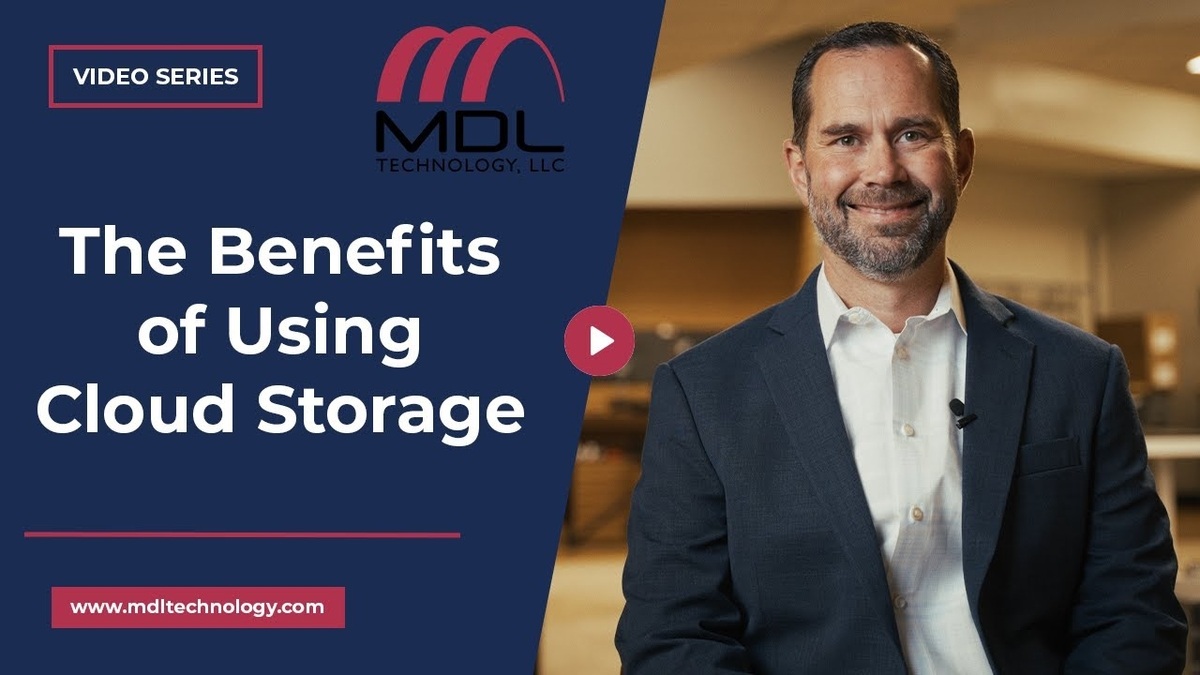When you start your day, you’ll hop onto the computer, check your emails and then get started for your day. You may send a quick IM to one of your team members to confirm a Zoom meeting later this afternoon before getting to work.
You open a spreadsheet to evaluate some recent data in order to create a digital presentation for a client next Tuesday. By the end of the workweek, a survey from Acuvue found that the average person will spend 6.5 hours in front of their computers or 1,700 hours per year!
When we have much technology at our fingertips, it can be easy to take it for granted. So much of what companies, businesses and individuals do depends on many forms of online technology working without a hitch. And many days, it does, but when it doesn’t? That can be a problem.
With millions of people reeling from natural disasters across the country, companies are discovering how vulnerable their business is when Mother Nature strikes. Though we have yet to find a way to avoid all of Mother Nature’s antics, it IS possible to prepare your company for the inevitable IT disasters that can occur.
What is a Disaster Recovery Plan?
According to IBM, a disaster recovery plan is “a formal document created by an organization that contains detailed instructions on how to respond to unplanned incidents such as natural disasters, power outages, cyberattacks and any other disruptive events.” These plans should also contain strategies to allow an organization to continue to operate during these disruptions or explain how they will quickly resume key operations.
That is a critical part of an effective recovery plan — getting back online. In business, time is money and downtime can really cost you. Estimates show that IT downtime can cost businesses more than $5,000 a minute! Protect your peace of mind and your organization with a disaster recovery plan.
Creating a Disaster Recovery Plan
It’s been said that a failure to plan is a plan to fail — and that’s never been more true than with an IT Disaster Recovery Plan! Here are some things your should company should consider when designing your own:
1 – How to Minimize Risks
Evaluating the most common causes of catastrophes and the vulnerabilities in your organization’s current system is key to creating a good defense.
Not only should you think about what you should do if you suddenly lose power or experience a natural disaster, but your plan should also include what to do in case of hardware issues, human error, software failure and malware. Having a comprehensive view of what disasters exist can help you set up systems and processes in a much more effective way.
According to TechnologySolutions.Net, for many businesses, hardware failure is the most common cause of significant data loss. Extreme temperature, failing hard drives or an internal component failure could all be possible reasons why hardware may fail. Though the factors into why it may experience a breakdown are many, protecting your data with regular backups can help mitigate any potential losses.
Unintentional human error can cause devastating effects for businesses. Backupify found that in 2018, 90% of data breaches and losses were directly caused by human error. There have been many stories in the news about various companies experiencing incredible losses from a seemingly simple mistake. And no industry has been unscathed. Financial services like Citibank, healthcare groups such as Public Health England and more have seen multiple errors that have resulted in costly fixes.
From deleting files accidentally to falling prey to a phishing scam, any possible human error needs to be discussed in your disaster recovery plan. Adequately and regularly training your employees can drastically reduce data loss and protect your bottom line.
As Wesley Simpson, COO of (ISC)2, suggests in an interview with TechRepublic, “Your people are your assets and you need to invest in them continually. If you don’t get your people patched continually, you’re always going to have vulnerabilities.”
Making cybersecurity part of your company culture can prove to be an important part of reducing human error. It’s not the wrong attachment that is the problem, but rather the security and training structure that has room to improve. Proper change comes from the C-suite level: it must come from the top to make lasting, company-wide change.
Seemingly simple topics such as how to spot a phishing email or password security need to be regularly discussed and encouraged. Difficult or complex passwords can be cumbersome, so investing in technology, such as a password manager, can help to remove those friction points for your team — which can help improve company-wide buy-in. It’s not enough to talk the talk; you need to make sure you are walking the walk as well.
Software failures happen less regularly than hardware failure, but it still presents a real factor in data security. Regular software updates and monitoring can help lessen the chances of a software failure occurring. When you use the most recent updated software or software patches, you are protecting yourself and your company against any existing potential vulnerabilities.
Malware comes in many forms and unfortunately, every 40 seconds a company gets hit with ransomware. With malware attacks on the rise, it is important to stay vigilant and protected. Keeping your data protected with offsite backup options and 24/7 network monitoring can help protect your company against suspicious activity.
2 – How to Resume Operations Quickly
Whether you decide to have an off-site backup, a SaaS platform or redundant data storage, it is important to have the tools in place to get your operations back and running after a disaster — fast.
The University of Missouri System points out, “Many organizations, such as hospitals, airlines, and radio or TV stations, must resume operations within hours after a disaster to maintain their clientele and to retain public confidence. Crisis management means preparing for major, threatening, unexpected events, and providing for the continuation of the business during and after these crisis situations.”
Having a clear idea of what business functions are the most critical can help shape your disaster recovery plan and prioritize what to do first. This will depend on the nature of your business, of course, which is why having an expert in Disaster Recovery can help you form an effective plan. We have support a wide range of company sizes and industries including, but not limited to accounting firms, medical facilities and public sector companies. Our experience gives us valuable insight into the pressure points for these many companies and how best to get them up and running again in case of a system failure.
3 – Regularly Test and Improve Your Plan
When there is a stressful event happening, that is not the best time to get policies and procedures in place. As we have hopefully proven, the disaster recovery plan should be decided well ahead of time.
What’s the point of having a test if you don’t know how you’re scoring? Having a set of clear goals and key point indicators (KPIs). According to Complete Network, the most common KPIs for Disaster Recovery Plans are:
- Recovery Time Object (RTO) – Measure how quickly you need to recover your IT services after a disaster before your business starts to experience serious effects.
- Recovery Point Objective (RPO) – Some data loss after a catastrophe may be unavoidable, but how much is acceptable? RPO helps you determine this by calculating the amount of time that can pass between backups before your business is affected.
Now, how should you go about actually testing your disaster recovery plan? Well, one way is by writing it all down. By putting pen to paper (or just typing it up) and going over the plan step by step can help you find any gaps in your strategy. Stakeholders should go over the policies, procedures, checklists, and KPIs can help to locate any potential shortcomings. Once you find those gaps, you should update your plan with strategies to cover those blind spots.
Another way to test your plan is to utilize a simulation program to test it. Complete Network says, “To maximize the impact of this test, try simulating a few different scenarios and see how your systems fair in each one.” Some common ones to try out are a Distributed Denial of Service (DDoS) or a phishing attack.
As your business grows and adapts, your disaster recovery plan should change right alongside it for the utmost protection. Make sure that your plan is both effective and comprehensive by regularly testing and improving it to keep your company less vulnerable to disaster. Properly training your staff and employees on what to do in case of a disaster should happen at least annually, but ideally twice a year.
How Can We Help
Our disaster recovery specialists create a customized disaster recovery plan tailored to your business. This helps ensure your company avoids significant losses, so your business stays connected and runs smoothly.
Let our team help you weather the storms ahead. Learn more about our Disaster Recovery Services here.












